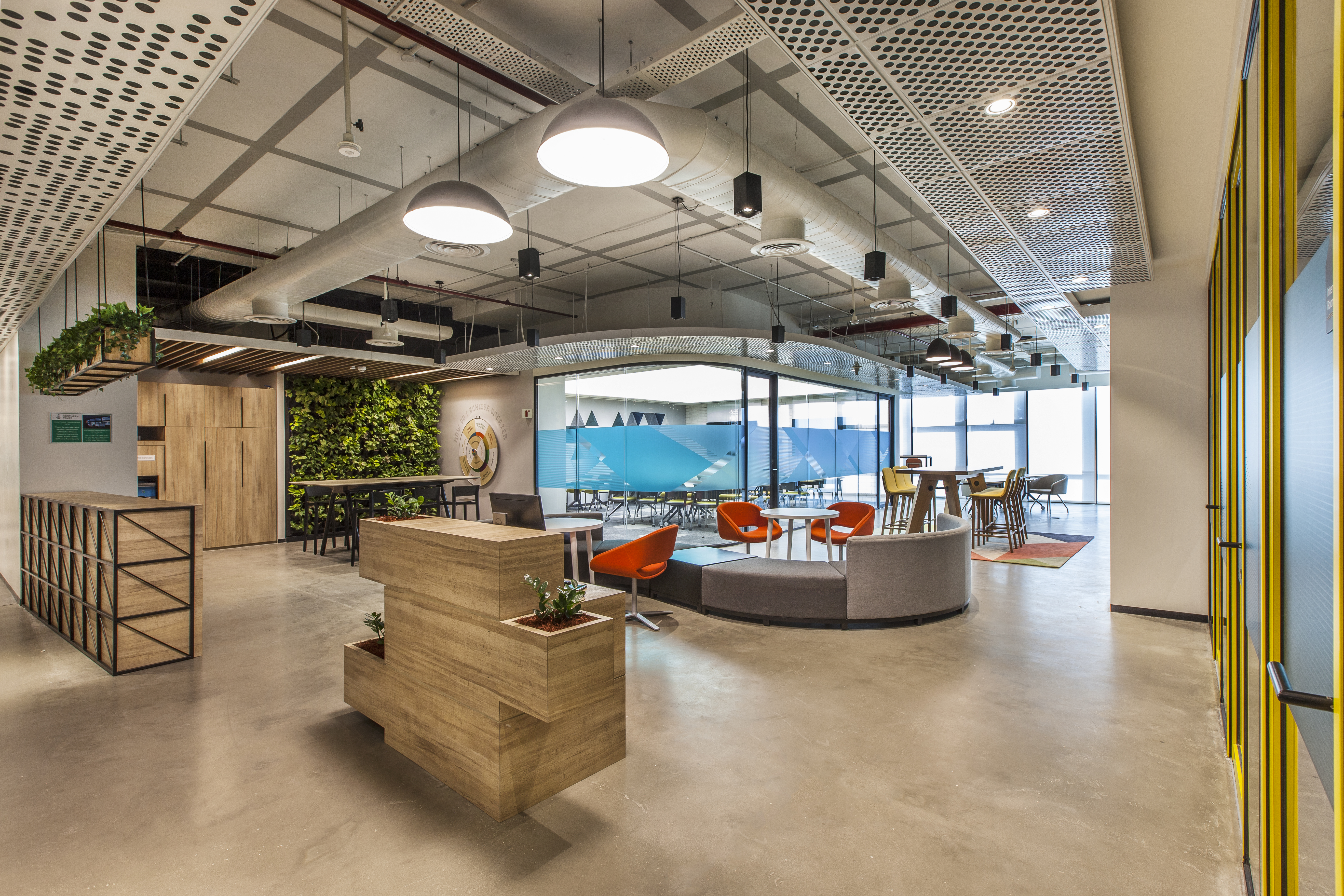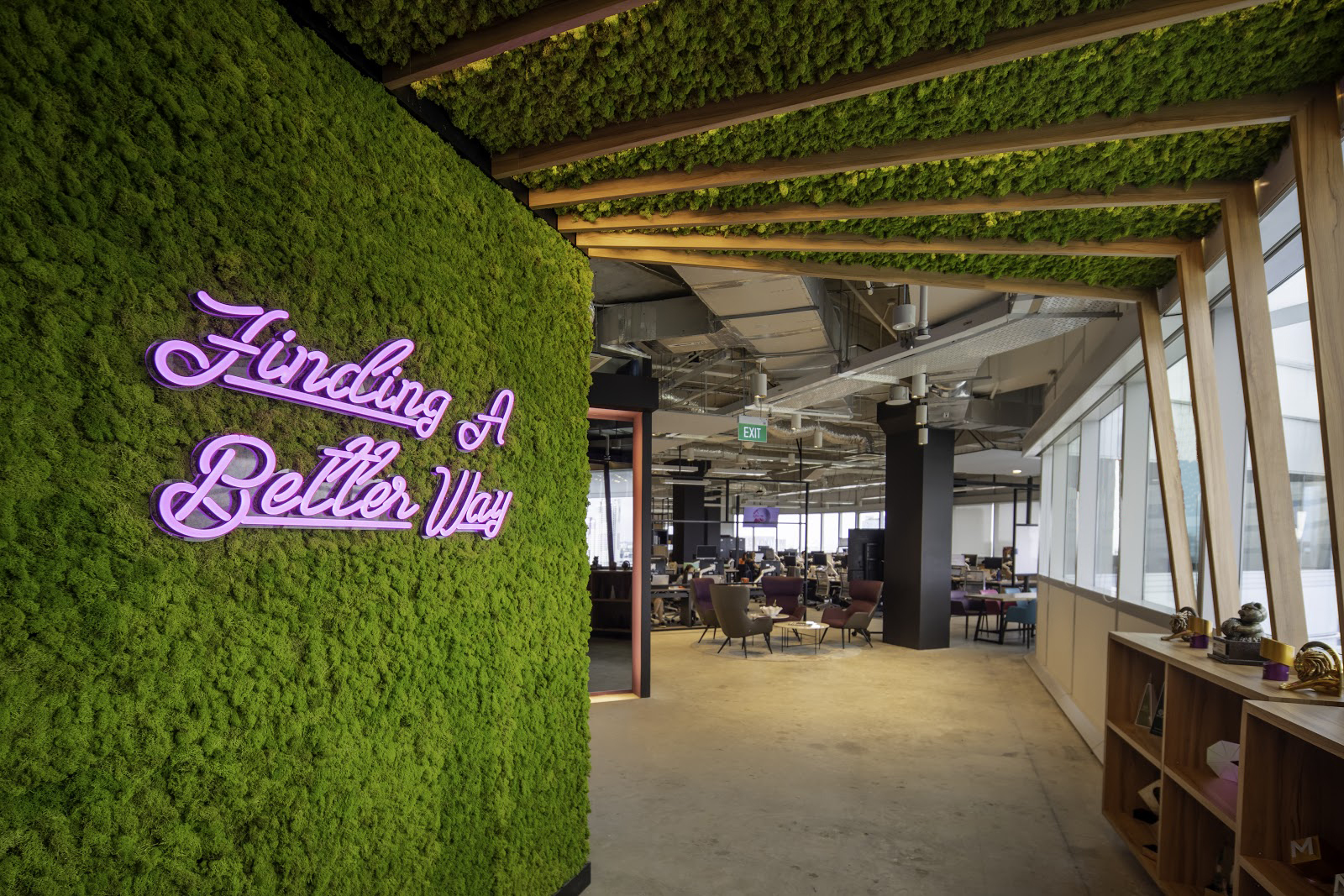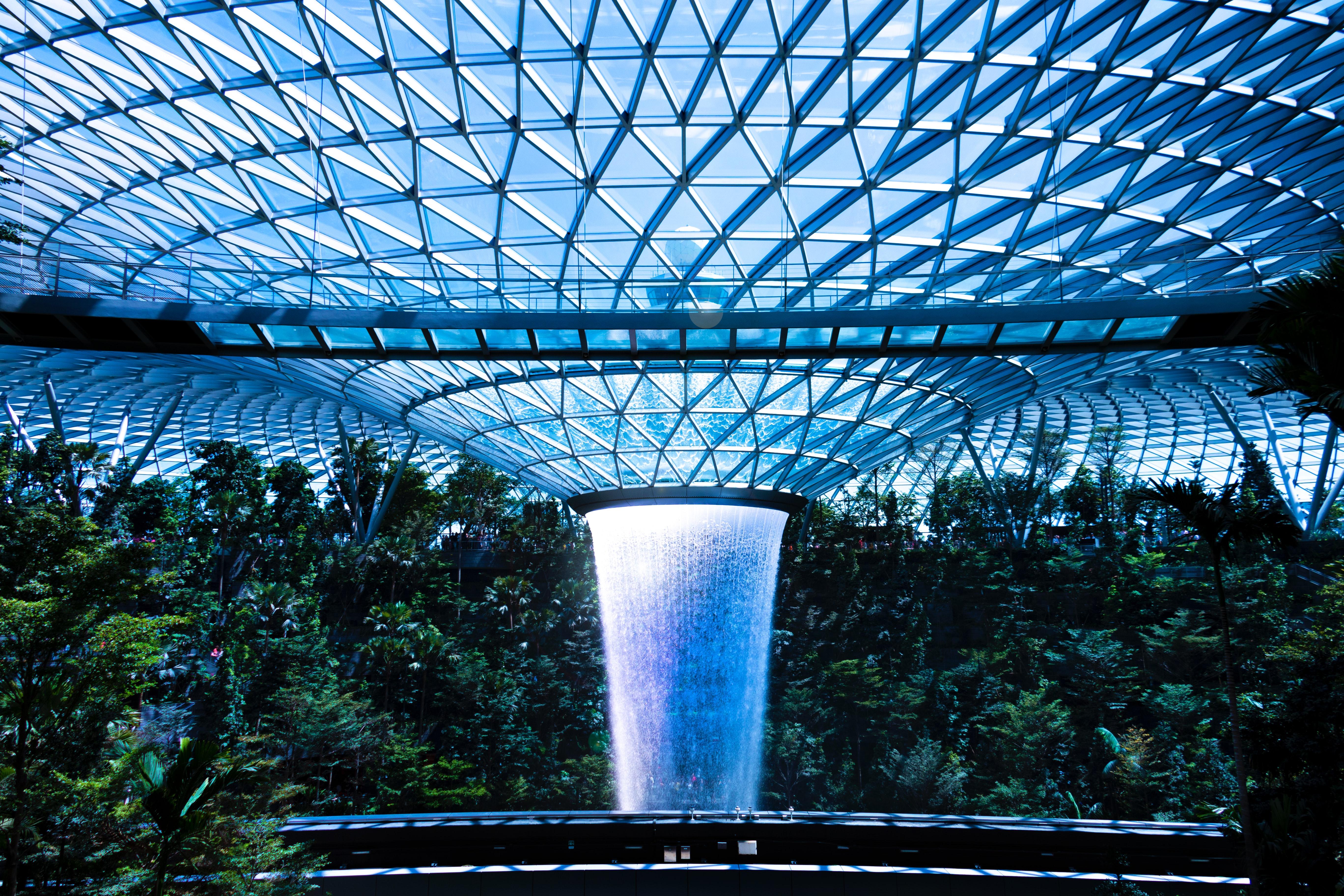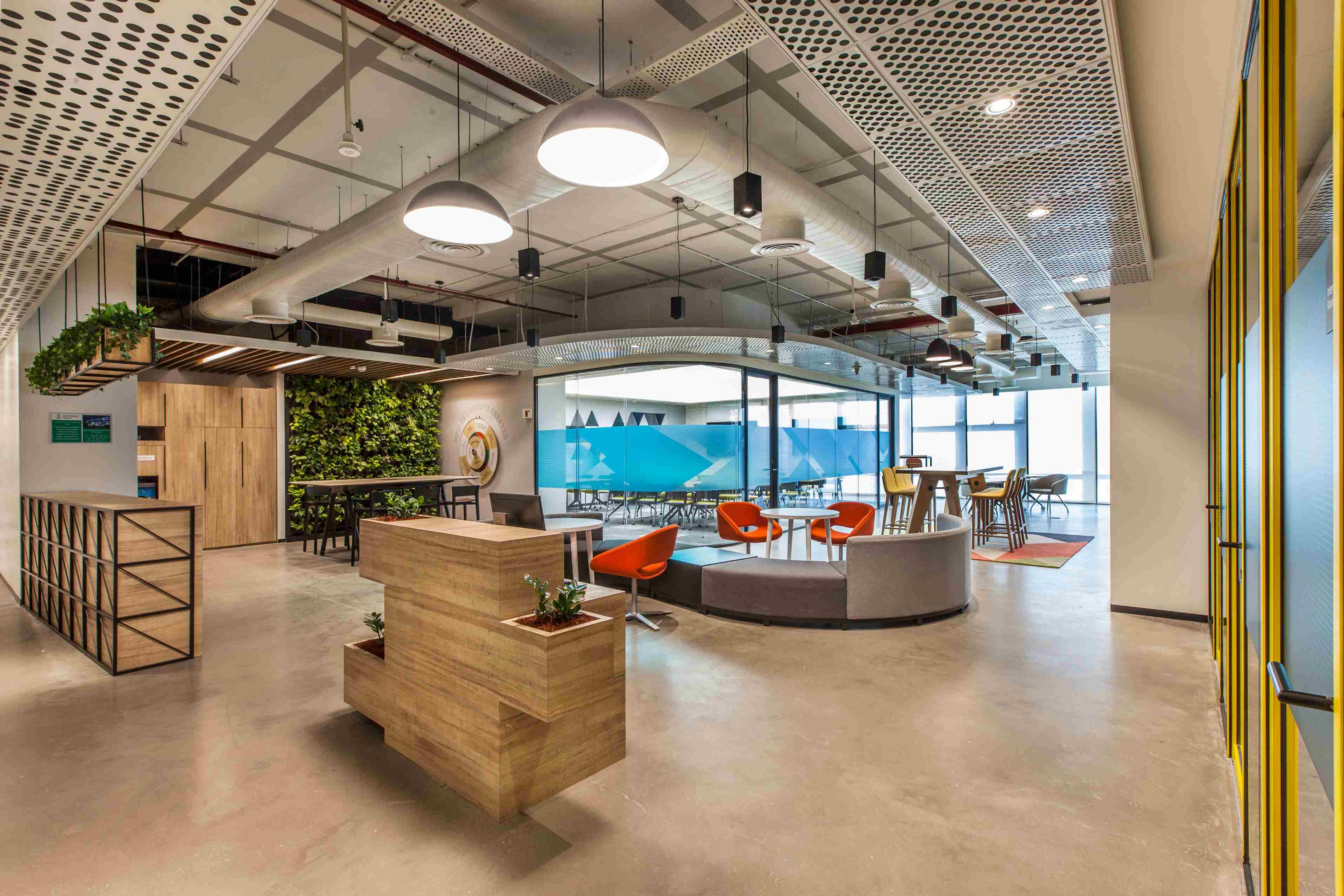Why sustainability will play a significant role in New Normal workplaces
Back in March and April, at the peak of all the panic and anxiety caused by COVID-19, a curious thing happened. We witnessed a particular kind of positive news going viral — that of nature reclaiming spaces. With global lockdowns and reduced human movement, pollution levels dropped, ecosystems flourished and several animal species started thriving after years of being declared endangered. It was the much-needed silver lining in an otherwise tumultuous year.
Indeed, this changed people’s perspectives on environment and sustainability. Earlier, the younger generations had believed that it was too late to reverse the effects of environmental damage and climate change. Now, more people report a renewal of hope.
1 This has prompted a pertinent question — of whether or not we can keep up sustainable practices even post COVID, once companies resume near-normal levels of economic activity.
We believe that in the coming months, sustainability will not just be a matter of companies embracing environmental responsibility and living up to their green values — it will actually end up driving tangible benefits for the company too. Here are 3 ways in which sustainability will play an even bigger role now, in the New Normal workplace.
1. It can help weigh out the costs associated with the New Normal
Workplace strategies will now need to put greater focus on health and safety measures. Users and stakeholders will look for newer certifications like the IWBI’s WELL Health - Safety Ratings, which set out holistic guidelines for building management. This certification includes monitoring air and water quality, setting out more stringent cleaning and sanitation protocols, having emergency plans in place and it even looks at policy upgrades that deal with sick leaves and health benefits.
If not planned right, such measures can involve a lot of new costs for the organisation that didn’t exist before — and they can be extremely unsustainable too. Think constantly running HVAC units or extra electricity and water usage associated with stepped up cleaning practices. However, in the New Normal scenario, companies cannot afford to give these steps a miss either. That’s where sustainable design comes in. Sustainable strategies are the ideal way to ensure user health while still driving efficiency and cost advantages.
We took such an approach of holistic sustainability some time back, while designing the office space for a corporate giant in Gurgaon. In this region known for dangerously high levels of air pollution, maintaining safe indoor air quality (IAQ) was of utmost importance. According to research at Harvard University, the productivity benefits of improved air quality amount to $6,500 per employee and $15,000 per manager.
To leverage the benefits of air quality, we focused on a sustainable workplace design strategy. We used safe materials and low VOC products during construction, and integrated greenery all through the space to filter the air and reduce contaminants. We introduced green housekeeping and sanitation regimes. We installed active IAQ systems at strategic locations to ensure that pollutant levels are kept in check at all times. All these steps helped the company monitor and maintain healthy indoor air quality, even during those times when the air outdoors reached critical levels.
2. It will help optimise resources
If not done right, the New Normal protocols may involve a lot of resource wastage. Most companies are now looking at staggering their workforce and having fewer people come to their offices at any given time. But irrespective of occupancy, they will still need to keep their lights on, their central heating and cooling systems running, and get the whole space sanitised regularly.
Sustainable design ideas can help organisations plan better, reduce wastage and optimise resources. For instance, daylight responsive zoning, smart spatial organisation, and shading analysis can reduce dependency on electric lights. Workplace technology like smart motion sensors can control lighting, HVAC units and ventilation systems, thereby reducing resource wastage when there is no occupancy in a particular spot.

We utilised these sustainable design tactics to help financial services company Northern Trust, achieve 14% energy savings in their Pune office. In addition to smart occupancy sensors and energy efficient lighting and HVAC systems, we also used simulations and a well-integrated, climatically aligned zoning strategy to help us plan out their energy efficient office design. These sustainability tactics will become more pertinent than ever before, when it comes to driving efficiencies in a post COVID workspace.
3. It helps employees transition back to the office
Given that pandemic-related worries and anxieties are still not behind us, companies are going to have to pay more attention to their employees’ health and wellbeing as they bring people back to the office. That’s where sustainability proves significant yet again. Many factors that make an office more sustainable, also end up being good for employees’ morale, mental health and overall wellness.
For instance, biophilic elements don’t just make an office more sustainable and energy efficient — they make it more soothing and welcoming too. Omnicom’s integrated space in Singapore is an excellent example of this. The office features a lush green wall right at the entrance, and has potted plants placed throughout the space. This helps filter and purify the air indoors, but it also gives it a soothing, welcoming vibe. Its wall-to-wall windows let in maximum sunlight deep within the office, making it a warm, cosy space to work from. Likewise, offices that feature open air piazzas and rooftop cafes are actually safer now — and they are better for employees’ mental wellbeing too.

Looking to make sustainability and wellbeing work for your firm too?
Reach out to us for a consultation.



 Looking to make sustainability and wellbeing work for your firm too?
Looking to make sustainability and wellbeing work for your firm too? 


